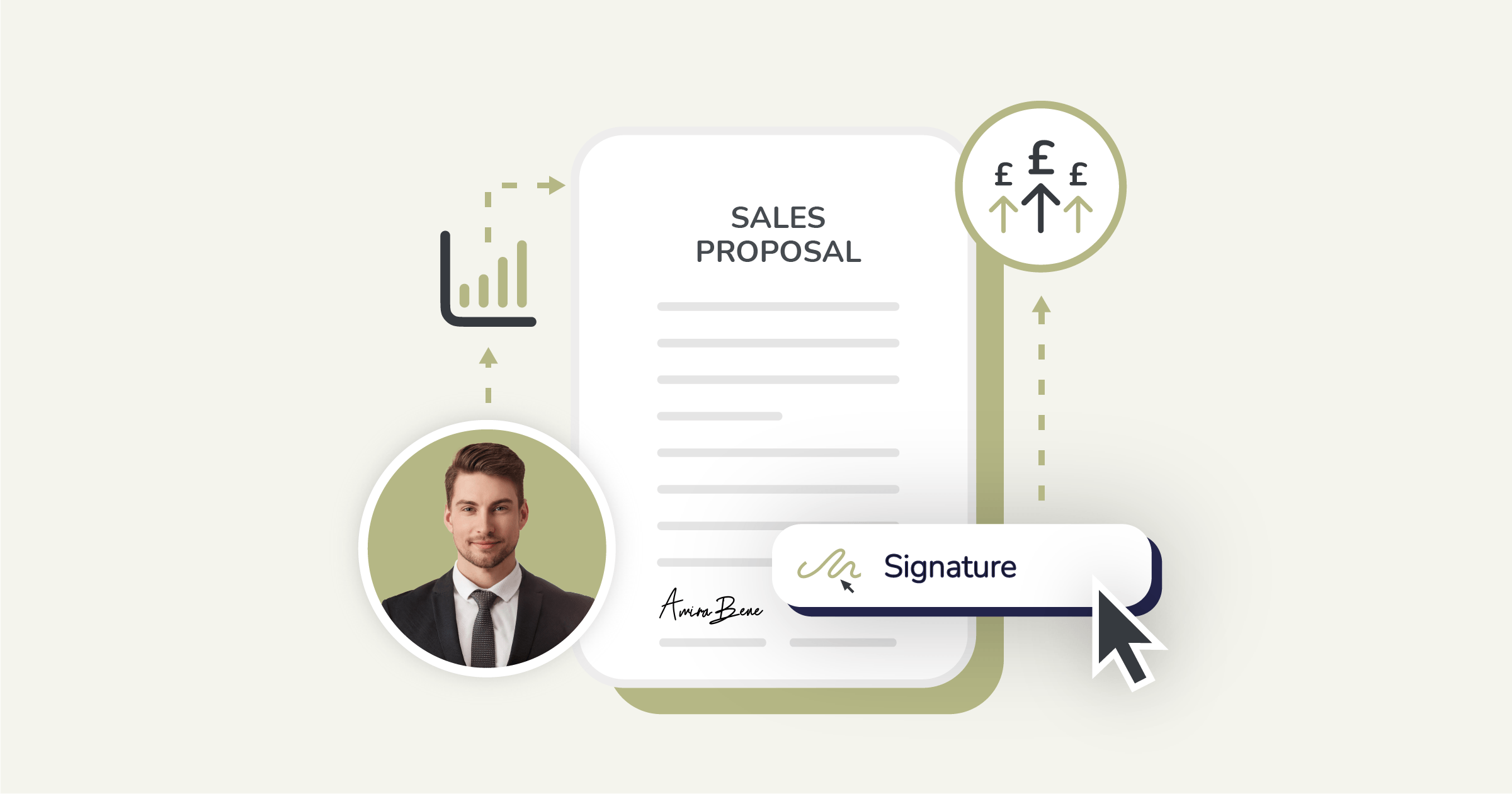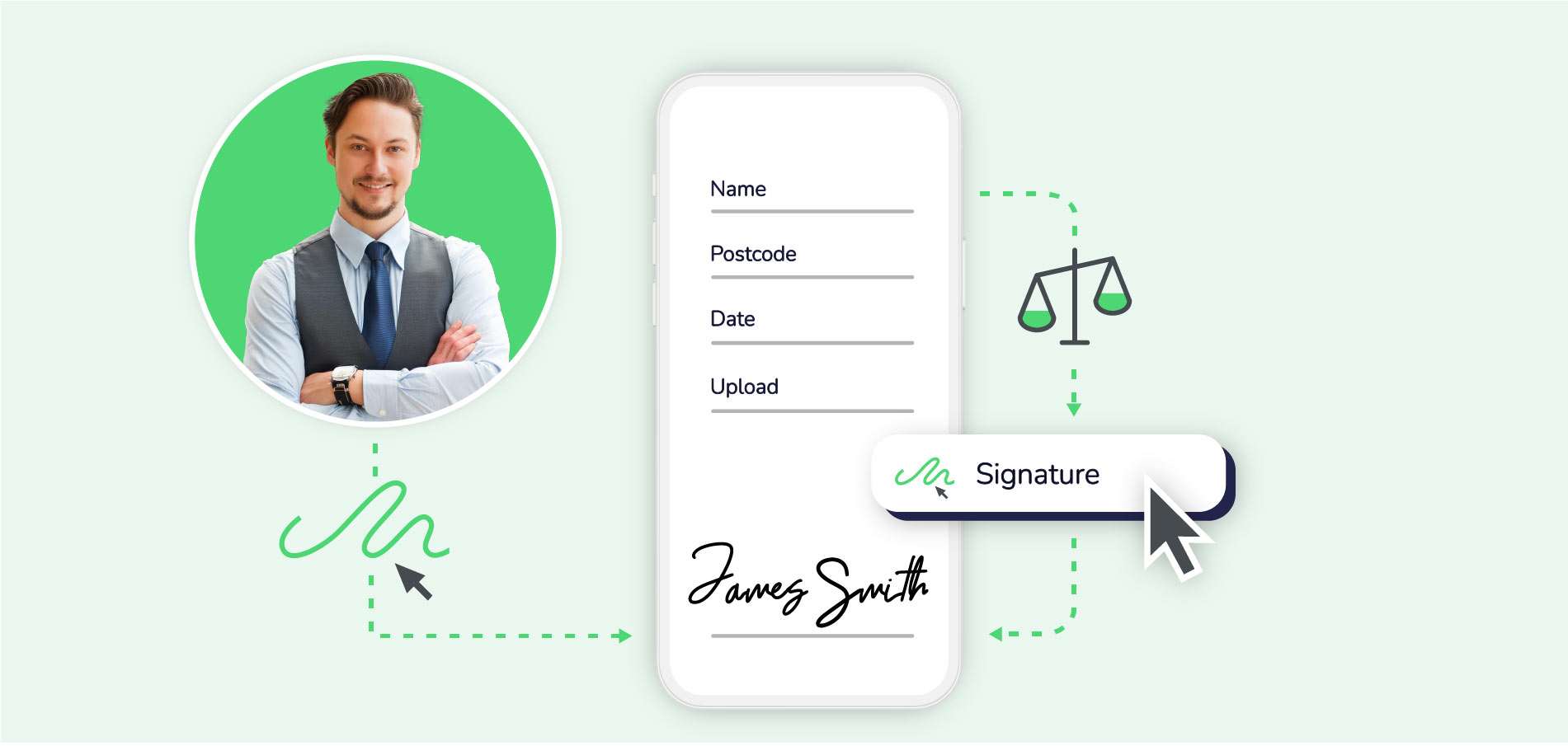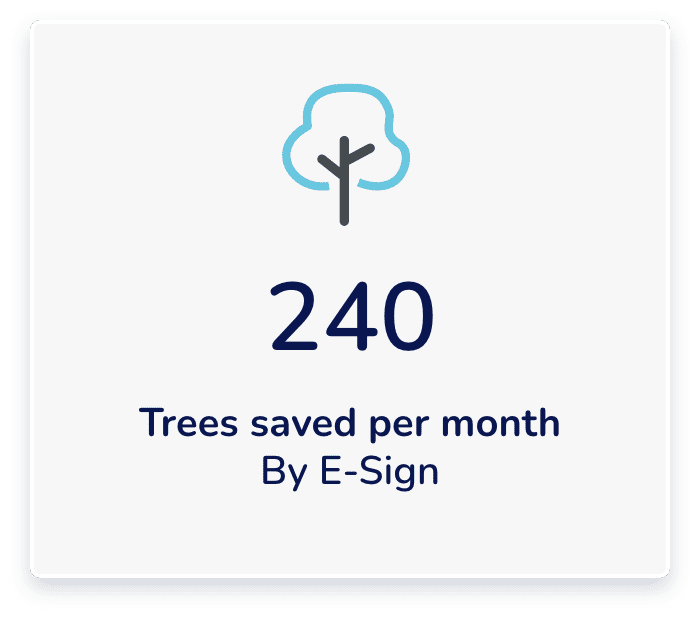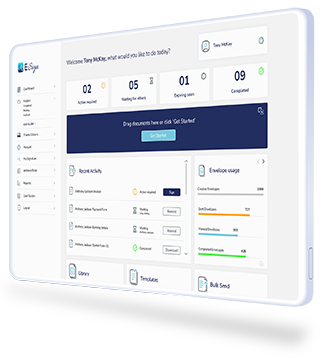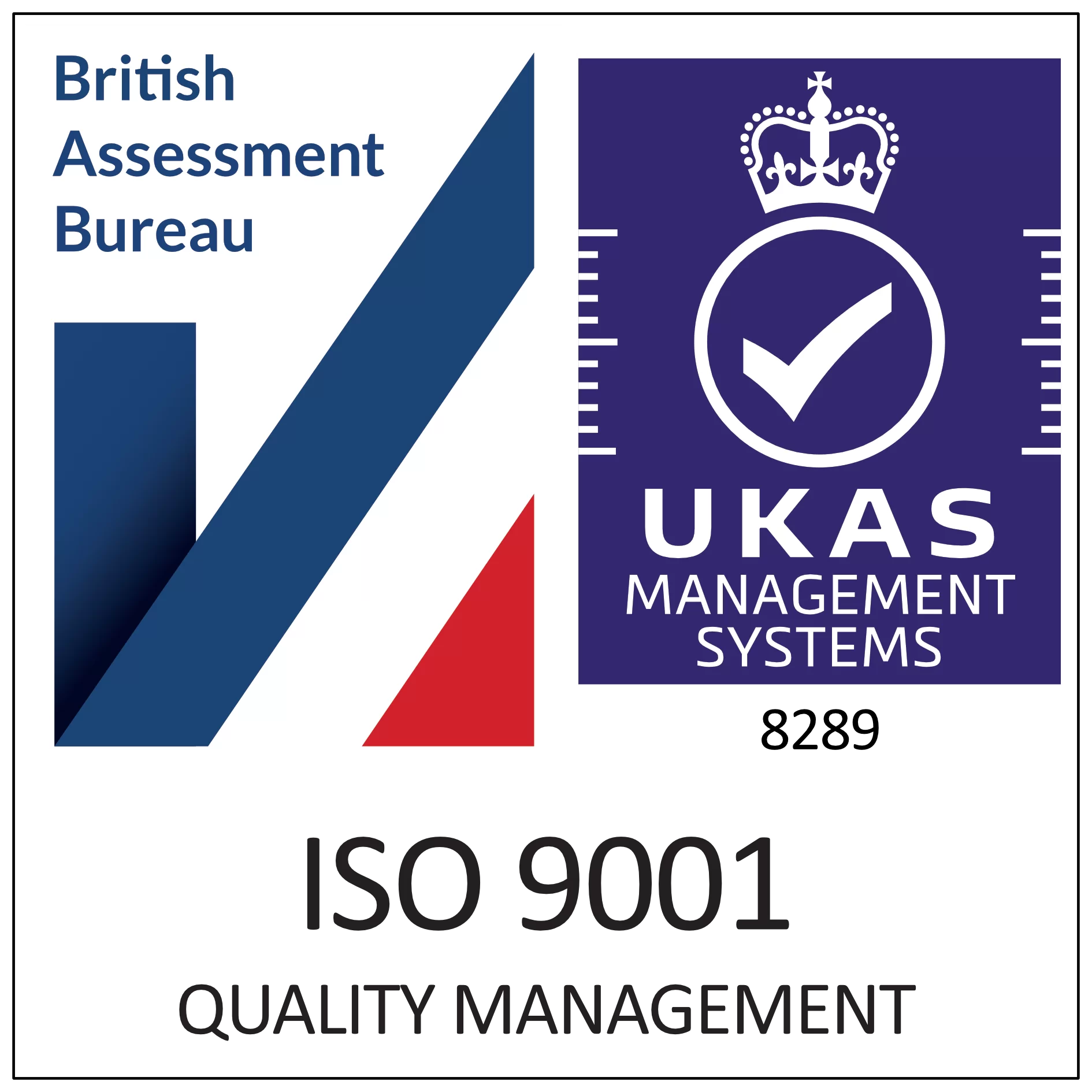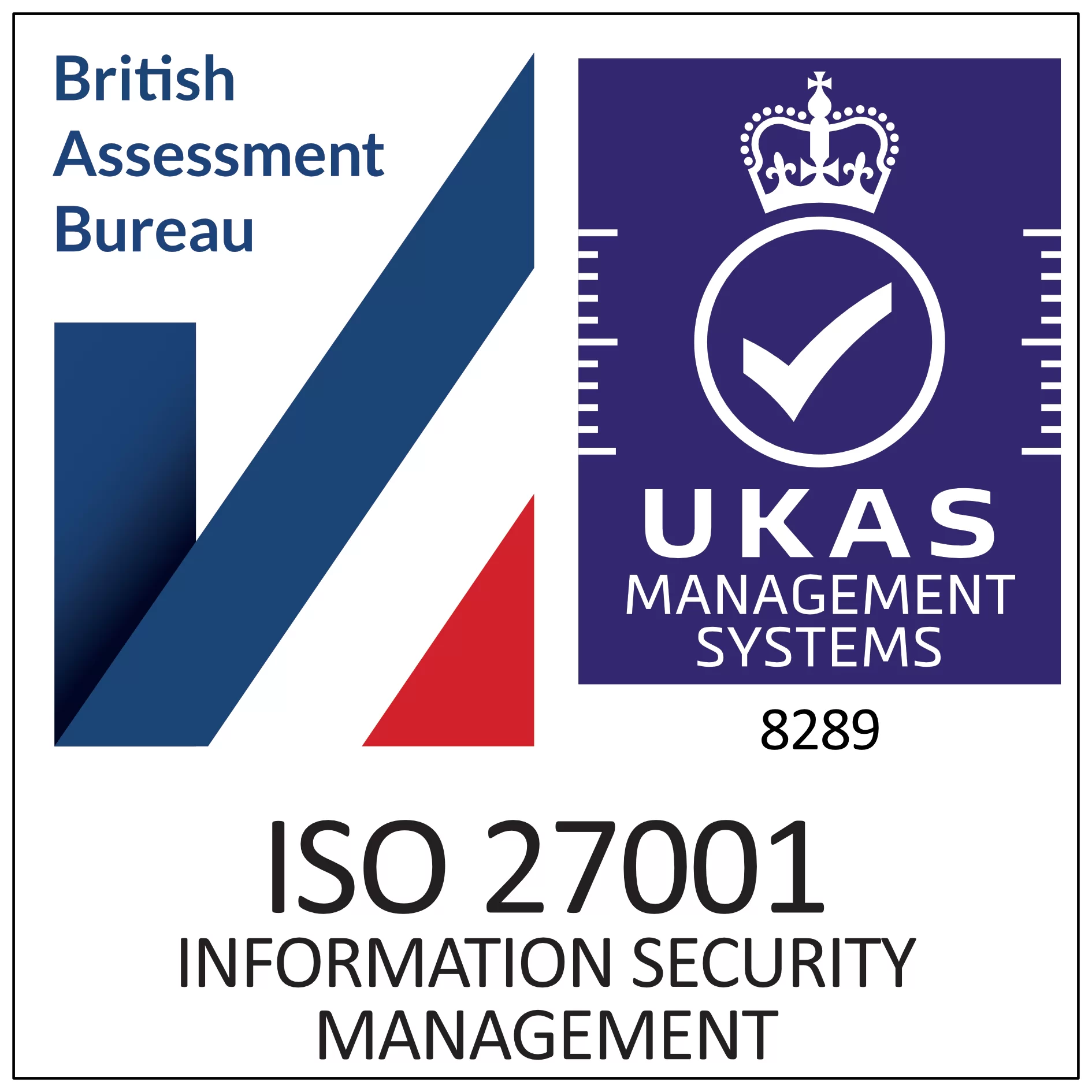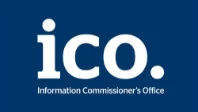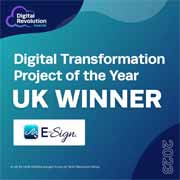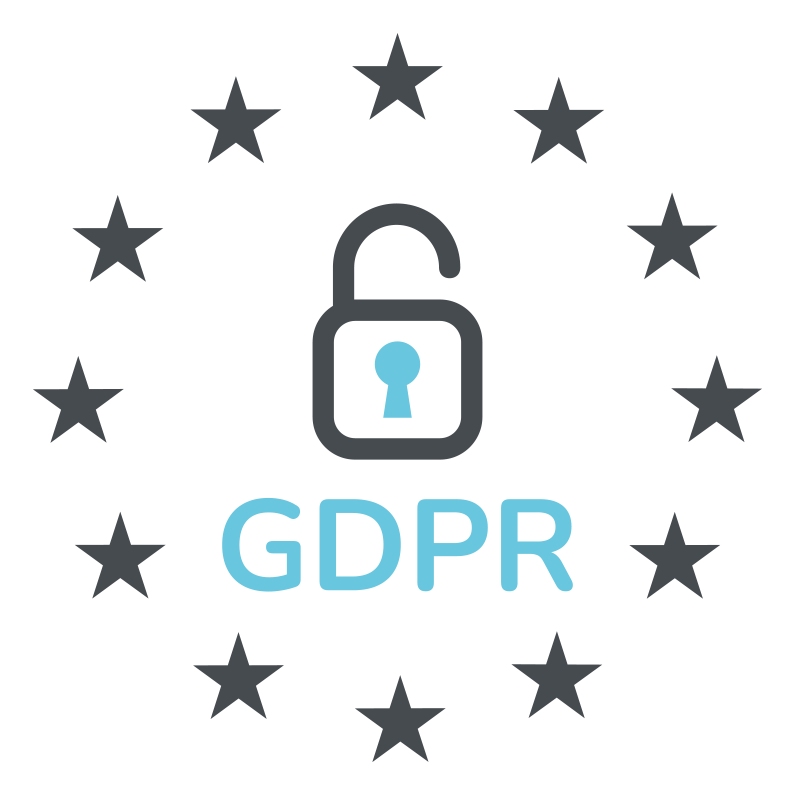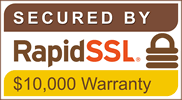Home | News & Insights |
How to Write a Grant Proposal
26th June, 2024
Laura Cain
Marketing & Brand Manager
Grant proposals are critical documents for organisations seeking funding from grant-making institutions for their projects. Comprehending the main elements of a grant proposal is key for including all necessary information that a funder requires. This guide delves into the essentials of grant proposals, explaining their importance, the fundamental components, and offering step-by-step instructions on how to craft a compelling proposal. To maximise your chances of securing funding for your project and organisation.
What is a Grant Proposal?
A grant proposal document is essentially a means of asking for funding. It is a request that can be made by an organisation or an individual entrepreneur. Successful proposal applications enable the organisation or individual to receive a significant amount of money that can support their project.
This can also be beneficial for the grantee as it allows them to benefit from investing in positive change. The purpose of a grant proposal is to provide key information about the organisation, the goals and objectives of the project, and how the funds will be used to achieve them if the application is approved.
Download our free Grant Proposal template today
Why are Grant Proposals Important?
The ability to write a well-structured grant proposal can make a big difference to your project. Opening doors to funding opportunities that you might not have otherwise had. Statistics have even shown that when between three and five grant proposals are submitted, the chances of being successful with at least one of them is roughly 90%.
It’s important to remember that investors do want to supply funding or they wouldn’t offer it in the first place. However, there is likely to be a high level of competition from other organisations looking for funding. Therefore, the quality of your proposal document will play a crucial part in whether you successfully acquire the financial support or not.
Steps for Writing a Successful Grant Proposal
Follow the steps below to create a high quality proposal that will help you secure grant funding for your next project.
1. Write a cover letter
The initial step in crafting a grant proposal is to begin with a cover letter. This letter serves to introduce your organisation and outline the project that requires funding. It should also specify the amount of money requested and explain how it will be utilised to complete the project. An effective cover letter should capture the reader’s attention and spark interest in the project and the values it represents.
Address this section specifically to the funding organisation or individual offering the grant. Keep it concise, ideally three to four paragraphs, and clearly state your intentions from the outset. It is also advantageous to align the funder’s ideals and values with your project, demonstrating how it can support or enhance their objectives.
When writing your cover letter, avoid overly emotional language, discussing your competition, or repeating information. As these can create a negative impression and dissuade the reader from investing in your project.
2. Include an executive summary

After the cover letter, your proposal should have an executive summary, which provides a more in-depth synopsis of your project. The aim of an executive summary is to give the funder a better understanding of who you are, why you want to carry out the project and what work will be done with the funding if you are successful in your application.
It should be around two pages in length, providing just enough information to give the funder a greater insight into your organisation and the project, without being too long. You should not address the recipient directly in this section of the document. The only place to do so is in the cover letter, the rest of the document should follow a formal tone.
Whilst it’s important to include your organisation’s history, mission, and objectives, you should avoid going into too much detail about the project. As you will include this later on in the proposal.
3. Introduce your organisation
You will have started to do this already in the previous two sections of the document. But at this stage you can include details such as how the organisation started and why. Additionally, you should highlight key members of staff, a business track record, an explanation of your organisation’s goals and philosophy, and any valid industry certifications.
This can demonstrate that your organisation has the relevant resources, skills, and capacity to fulfil the aims of the project. Whilst meeting all legal, safety, and quality requirements. Also, you may be required to include solvency statements as evidence that you meet your financial commitments. By conveying your organisation’s track record and recent successes you are proving your reliability to grantees in meeting deliverables and obligations.
Client recommendations and feedback as well as letters of thanks are beneficial to include in this section of your grant proposal. As it shows your organisation has earned a positive reputation.
4. Write a statement of need
A statement of need, also referred to as a problem statement, is one of the most important parts of a grant proposal. Its purpose is to explain the problem you have found and how your project and organisation intend to solve it. This will involve extensive research into the problem, its history, and why previous solutions have been unsuccessful.
Using this information you should then discuss how your solution is different, so grantees can feel confident that they are supporting a project that is set up for success. Your statement of need should utilise quantitative data to highlight the urgency of the problem. As well as how your organisation has the answers to resolve it.
5. Emphasise your goals and objectives

In this section of your grant proposal, you should go into detail on your organisation’s goals and objectives. Goals are broad statements of the outcomes you want to achieve. Whereas objectives are more specific, featuring measurable results and timeframes. This gives your grantee a view of what their money is contributing towards. Many grant proposals that fail do so because they have not presented clear goals, or accurately defined how they intend to measure their objectives.
When writing your goals and objectives, it is beneficial to use the SMART method to track progress of measurable steps. Also, you should relate your project to the relevant audience, the final result of a project must always strive to better the community in some way. Therefore, it’s important to convey how your organisation will achieve that in the proposal.
6. Outline your methods and strategies
Now that you have described your goals and objectives to the grantee, you need to tell them how you’re going to achieve them through your methods and strategies. This should involve listing the resources you intend to use to deliver the project, including new hires, facilities, transportation etc.
It’s important to ensure that the methods and frameworks you outline in the proposal are connected to the goals and objectives you discussed in the previous section. Where applicable you should include examples of how the methods and strategies you’re using have resulted in success during previous projects. You should demonstrate to the grantee that your processes are well-researched, logical for the specifics of the project, and as cost effective as possible.
7. Evaluate the project’s success
This section of your grant proposal should inform the grantee of how you intend to track the progress of the project. All grantees will look for an evaluation within any proposal document. As it offers assurance that the project they are investing in is going to make a difference, and that the money is being used appropriately, following a realistic timeline.
You should include who will be carrying out the evaluation, how long it will take, the cost, and specific skills or products required. Be sure to outline any out of scope activities, showing your awareness of them and to prevent your budget from being overspent.
8. Detail funding sources and sustainability
When applying for project funding, it’s essential to consider the future and sustainability of the project, not just completing the work to get it up and running. This is because funders typically won’t want to invest in a short term project that hasn’t got any plans for the future. You’re more likely to be successful if you can show how your work can operate on a larger scale.
With this in mind, you will need to discuss the funding requirements for after the project has concluded. The main examples being operational costs, ongoing maintenance, and ownership costs. The expected costs should cover at least five years, in order to provide a realistic insight for potential funders. Emphasise the sustainability of the project by demonstrating other viable sources of funding aside from the grant, that the organisation can draw upon to cover some future needs.
9. Include your project budget

Naturally one of the most important parts of a grant proposal is the budget. As it provides the funder with a clear breakdown of how their money will be allocated to each relevant item in the project. Be sure to justify all expenses, avoiding overcharging or underquoting your expenses. This can lead to the funder deeming the project unfeasible.
Many grant writers try to underquote to make their project seem more appealing. With the intention of requesting extra funding at a later stage. This is not recommended as it could negatively impact your brand reputation, community standing, and the relationship with the funder. Display your budget as clearly as possible to allow the funder to easily keep track of the expenses and make sure you have checked all figures for accuracy.
10. Sign the document
Once you have finished writing up your proposal, there will be a section for you to print your name and add an electronic signature. You should also include other basic details below the e-signature such as your position within the organisation and your contact information.
Conclusion
Now that you have a greater understanding of how to write a successful grant proposal, you can save yourself time and stress. As well as increasing the chances of having your application approved. E-Sign provides a range of document templates to suit various business needs. Explore our templates to create a detailed and tailored document in just a few clicks.
Contact us today to see how our e-signature and digital document solutions could benefit your organisation. Additionally, you can try the platform for yourself by registering for our 14-day free trial.

